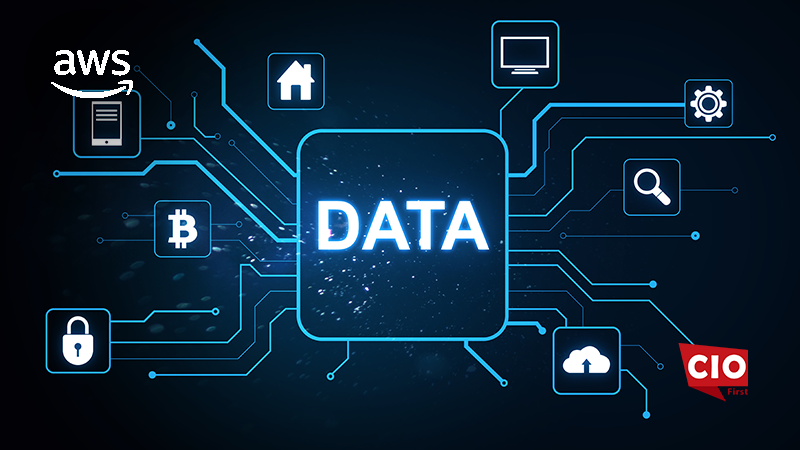Flatfile, the pioneer of AI-assisted data exchange, announced significant enhancements to its Data Exchange Platform. The Spring 2024 release features new AI-powered data transformation and data migration capabilities for business users, data analysts and systems integration teams as well as improved tooling and extensions for data exchange solution developers.
Efficiently collecting, transforming and migrating data from external sources and files is a pervasive, growing problem for companies. These sources are typically highly variable in structure and quality and frequently vary from file to file, and may consist of millions of records, magnifying the scale of the challenge. Data and systems integration teams are frustrated by cumbersome, inefficient, repetitive data cleaning tasks that delay projects and add cost. Developers tasked with providing software solutions to ease that pain constantly juggle a long list of high-priority software development projects, limiting their ability to build a solution that supports the specific needs and workflows of such data and integration teams.
The Flatfile Data Exchange Platform addresses these challenges by providing software development teams with an efficient and easy way to build exactly the data collection, transformation and migration solution their users need, increasing data quality, improving compliance and security and providing significant cost savings.
“The Spring 2024 release underscores our commitment to driving value and performance advancements for our business users and enterprise developers alike,” said Jon Bell, VP of product at Flatfile. “We’ve expanded the power of the Flatfile platform with several innovative features, including AI-powered data transformation capabilities that bring dramatic efficiency gains for business users, data analysts, and systems integration teams. At the same time, we continue to add tooling and productivity enhancement for developers that allow them to deliver new data exchange solutions to those users faster and easier than before.”
Spring 2024 release highlights:
- AI-powered data transformation co-pilot: With AI Transform, business users overcome the challenges of manually editing large data sets. This tool allows users to describe in natural language how they’d like to change their data and preview all potential changes in a convenient before-and-after view. This new co-pilot significantly simplifies and accelerates the cleanup and validation of enterprise data. It also ensures data privacy and security and provides a “Zero Trust AI” approach that allows users to verify all changes and maintain control over critical data transformations.
- Data collaboration made easy: Effective collaboration hinges on clear communication and shared context. Unfortunately, when teams work together on collecting, transforming and migrating complex data sets, even the best-organized teams are often challenged with asynchronous communication mishaps or file versioning issues that result in team frustrations, added cost and prolonged project timelines. The new “Shared Views” feature, powered by the advanced filtering and querying capabilities of Flatfile workbooks, allows data migration teams to collaborate on the same data set while dynamically sharing precise data slices with relevant team members.
- More power for developers: A redesigned developer dashboard simplifies and accelerates the process for software engineers to build the data exchange solutions their business needs. The updated dashboard includes new user guides and enhanced tracking and monitoring tools for detailed performance insights.
- Get started quickly with pre-built apps: The new dashboard introduces a selection of pre-built apps, offering developers a streamlined approach to customizing their Flatfile experience. These apps support common use cases, such as embedded data importers or collaborative data onboarding projects. This enables developers to dive right in and utilize the platform in the most effective way possible.
SOURCE: PRNewsWire


























